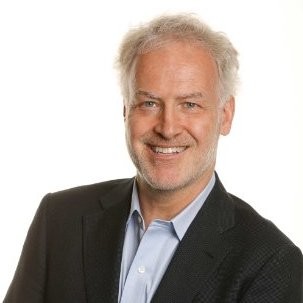Related Articles
Is your current business model fit for purpose?
Warren Buffet is a true believer in investing in businesses that have sufficient scale and brand that provide a sustainable barrier to competition which, in turn, allows them to generate sustained profitability.
How deep is your moat might sound like a rip-off of a Bee Gees disco classic. It is instead a favourite question of Warren Buffett and his Berkshire Hathaway conglomerate when they seek out acquisition targets. Buffet is a true believer in investing in businesses that have sufficient scale and brand that provide a sustainable barrier to competition which, in turn, allows them to generate sustained profitability.
But it is clear that for many businesses, their moats are becoming increasingly shallow. The reasons for this are no surprise as we see how both globalization and increasingly digitalisation lead to a much greater risk of the commoditization of goods and services where differentiation is challenging and pricing power is therefore eroded.

So what is the appropriate response? A key question to ask is to be very sure that you know what business you should be in. This might sound like the statement of the obvious, but a great example in an Irish context of the business that asked such a question was UDG, formally known as United Drug. This was a company that over time had built up a very profitable pharmaceutical distribution business in Ireland and the UK. However, about a decade ago the management team realised that their place in the “value chain” was increasingly vulnerable as the traditional chemist buyers merged and consolidated thereby increasing their “buyer power”. Their first strategic response was to evaluate where they could use their insight and knowledge to capture value in the rapidly evolving pharmaceutical industry. They identified specific segments in the areas of sales, marketing and packaging where through targeted acquisitions they could build up the capabilities necessary to achieve sufficient scale. Their success meant that last year they were in a position to sell the original core distribution business to the global player McKesson who have the economies of scale necessary to capture strategic value.
So today UDG are in a different business than the one they competed in a decade ago. They used their strategic insight and knowledge of the pharmaceutical industry to pivot away from a business where they could see that the moat could spring leaks and to build up a strategic position in sectors of the industry where they could see that pharmaceutical companies would be keen to partner with a business with particular expertise and the scale to compete globally.
Even for businesses that have very robust business models, the discipline of systematically assessing all aspects of how the external environment is changing is critical to both seeking out growth opportunities and avoiding nasty surprises. In this regard, a focused and externally validated analysis of the potential “game changers” using the PESTEL framework is key to a successful outcome. This works best, in my experience, when the analysis is very clearly future focused. An equally systematic analysis of the competitive environment is a further vital exercise that assesses the risks of new entrants and the strengths and weaknesses of competitors’ business models. This external analysis should be on every senior management team and board’s strategy agenda on a regular basis and should always involve outside confirmation of key assumptions to avoid classic confirmation biases.
So a well-structured and robust external analysis of a business will help to identify the likely threats to the moat and to provide guidance as to the question of whether our current business model is fit for purpose. The next stage in the strategy is deciding what capabilities are required in order to make sure the business model will continue to thrive. But if instead we choose to stick our collective heads in the sand, we run the risk of the tide sweeping away the entire enterprise, moat and all.
Dr. Jonathan Westrup is the Programme Director of the IMI Diploma in Strategy and Innovation and of the IMI Diploma in Regulatory Management. His expertise is in the areas of business, organisational and regulatory strategy and corporate governance.




